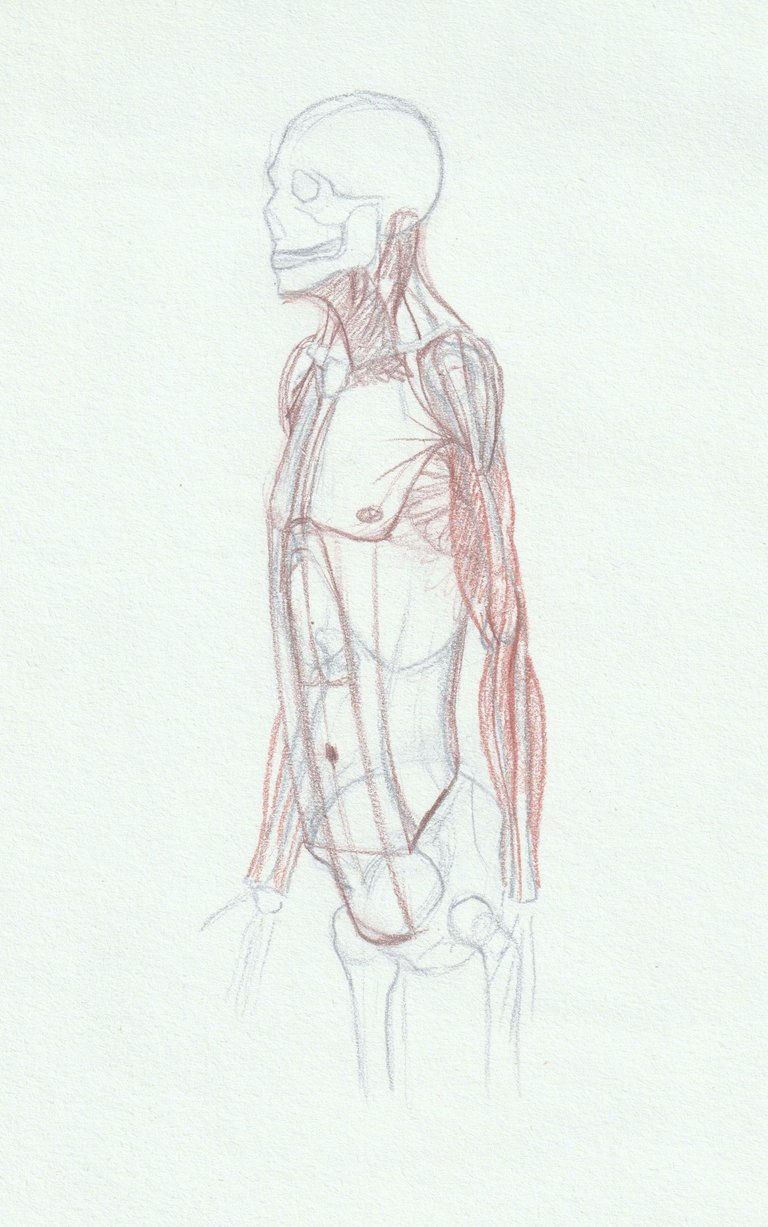
Hi everyone!
This is another anatomy exercise I did.
I like to do a purely theoretical session first, when I learn the different muscles, their names (which is not so important in drawing, but as I have a more litteral memory, I like to associate the muscle shapes with their names)
I touched on the anatomical theory of the arms in a previous post (years ago)
Then, I do a practical session where I draw a skull and try to place the muscles correctly.
So, what is important in learning muscles is to learn their placement, their insertion.
It is also important to know the function of the muscles. The shape of a muscle is determined by its function ; in fact, a muscle that is squeezed is in function and is more stretched at rest.
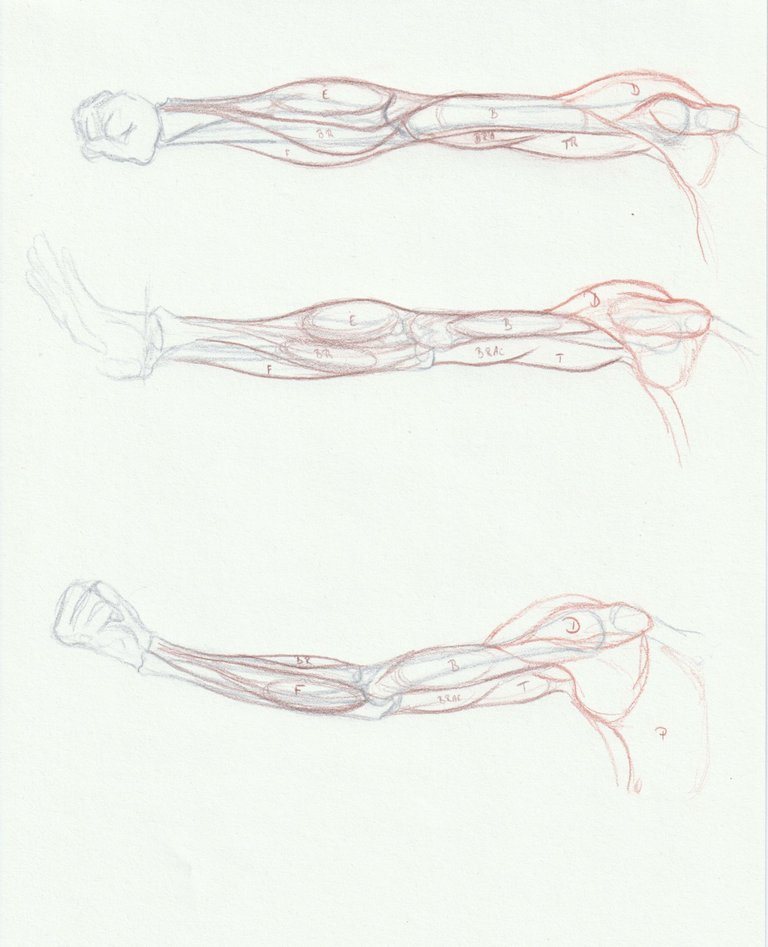
A good example is with the biceps and triceps.
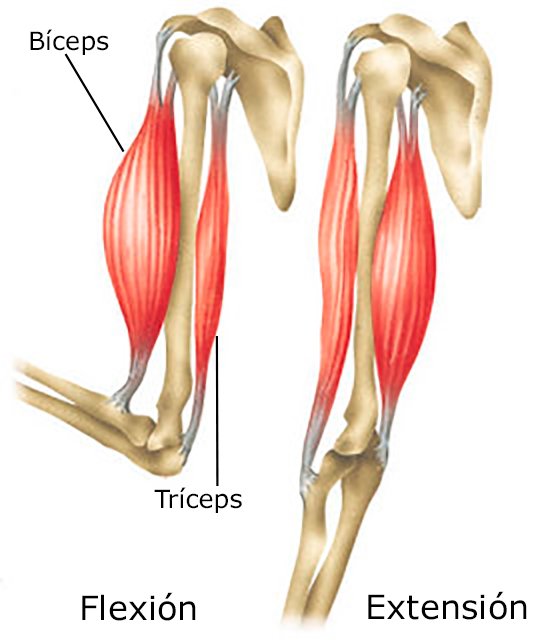
The biceps, a flexor muscle, is squached in flexion because it is the opposite of the triceps, an extensor. These are called antagonist muscles. When one is working, the other must be in the opposite position, stretched.
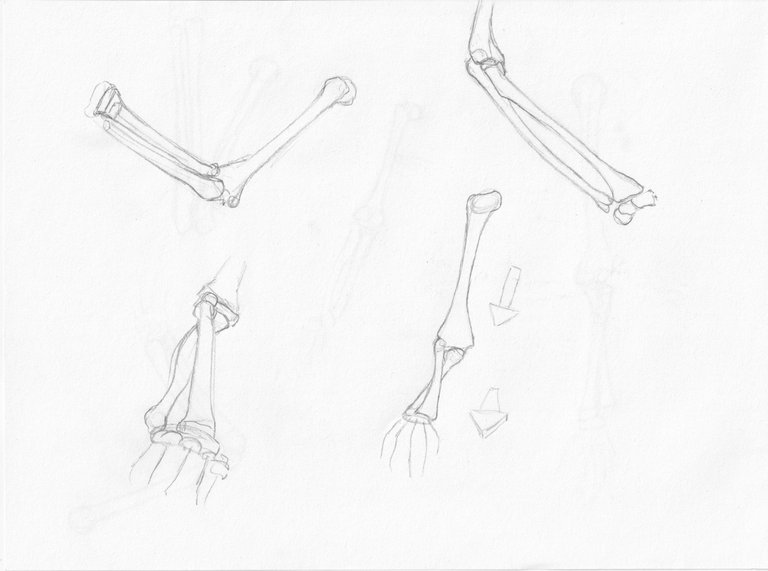
Another thing to look out for when designing arms is pronation and supination. Supination is when the radius and ulna are crossed and pronation is when they are parallel.
This means that the muscles are positioned differently compared to where the bones lie, which makes the arm muscles so difficult.
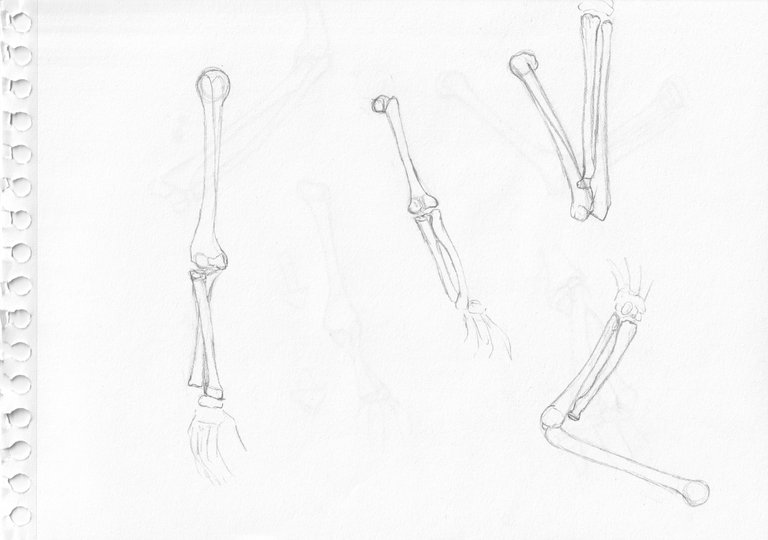
Some muscles, like the brachioradialis, follow the pronation and it creates this rather aesthetic wrapped shape around the arm. You can see this in his right arm in my drawing below.
A simple reminder is that the radiobrachialis will always come to the thumb. So if the thumb is on the opposite side to the elbow, then the radiobrachialis will roll up.

On this drawing I also put the trunk muscles as I've already revised them. So it was a kind of resume exercise.

I hope you will find it interesting ! 😊
See you soon for more.
Waooo genial
Thanks :)